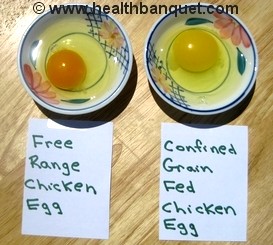
Fig 1. Comparison of yolks in eggs produced by grass-fed chickens (left) and grain fed chickens (right).
Paige, E. (2009, 13 September). Free range eggs versus confined grain fed eggs. Health Banquet. Retrieved from http://www.healthbanquet.com/free-range-eggs.html)
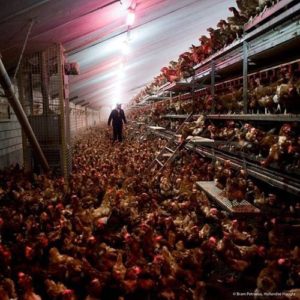
Un-ideal free-range system
‘Survival Gardner’. (2015, 18 August). Free-range eggs versus regular eggs – a scam? Retrieved from http://survivalgardener.com/2015/08/free-range-eggs-vs-regular-eggs-a-scam/
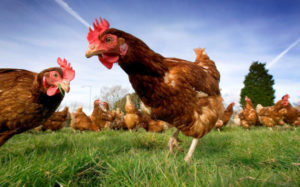
Ideal free-range system
Bufkin, M.T. (2015, 28 March). The truth about free range chickens. The Truth About Agriculture. Retrieved from https://thetruthaboutag.wordpress.com/2015/03/28/the-truth-about-free-range-chickens/
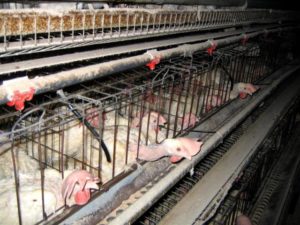
Conventional caged system
(2015, 23 August). Why the Israelites could eat grasshoppers but not pork: the reason for old testament dietary laws and the huge implication they have for our health today. Wellness in the Word. Retrieved from http://www.wellintheword.com/single-post/2015/08/23/Why-the-Israelites-could-eat-grasshoppers-but-not-pork-The-reason-for-Old-Testament-dietary-laws-and-the-huge-implication-they-have-for-our-health-today
Kelly Dalton – Building and Construction Technology
Mackay Eyster – Environmental Science
Jonah Miller – Natural Resources Conservation
Perhaps one of the most ubiquitous illustrators of the ability for individual choice is the number of different products available at a grocery store. Stores contain row after row of bright boxes, innovative packaging, and promotions emphasizing which products are the healthiest or most natural. Each eye-catching box presents a nutrition label, and consumers are expected to use that information, combined with the claims on the boxes and in the aisles, to decide which products are the best for them and their families. There is an ever-growing emphasis on purchasing ethical products, but misleading labeling practices can make it difficult for consumers to effectively make ethical purchasing decisions. Consumers may be presented with eggs labeled “cage-free” or “free-range,” and they may choose to support those products due to the implication that the laying hens were treated better or more humanely than those who produced the unlabeled eggs; unfortunately, this is not always the case. While unlabeled eggs come from hens living in their own individual chicken-sized shoe boxes, eggs with labels such as “free-range” may differ only in that they come from hens living in one collective, slightly-larger shoebox. The latter hens’ shoebox might have a door to the outside, but they may not ever actually go through it. While the latter hens are more able to move around than those in the individual shoeboxes (commonly referred to as battery cages), they often become aggressive and violent towards each other due to the constant forced interaction. Even still, the eggs from the shared shoebox carry a “free-range” label that portrays them as more ethical than those from the conventional systems, and consumers attempting to make ethical choices pay higher prices for free-range eggs under the assumption that they truly are. It should not be a consumer’s responsibility to ensure that provided information is accurate, and producers should not be able to manipulate consumers with misleading information in order to charge a higher price. As such, the matter of empty “free-range” labeling must be addressed.
Consumers should be able to read labels on products and understand their meaning without being mislead by producers.
Continue Reading →


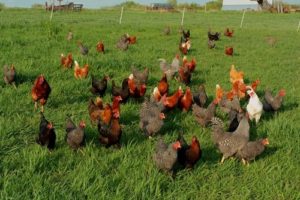


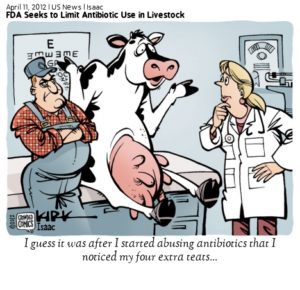





Recent Comments